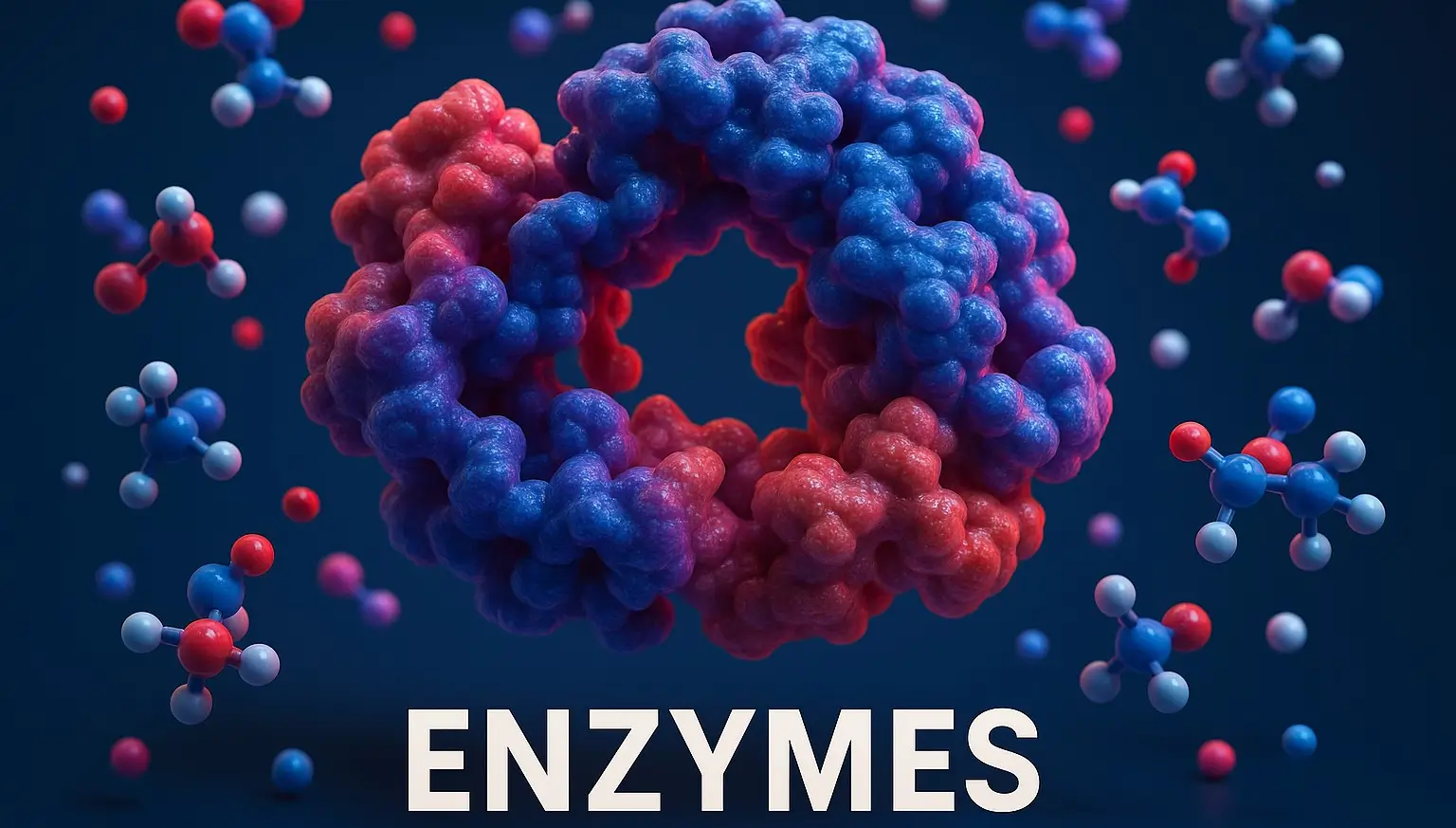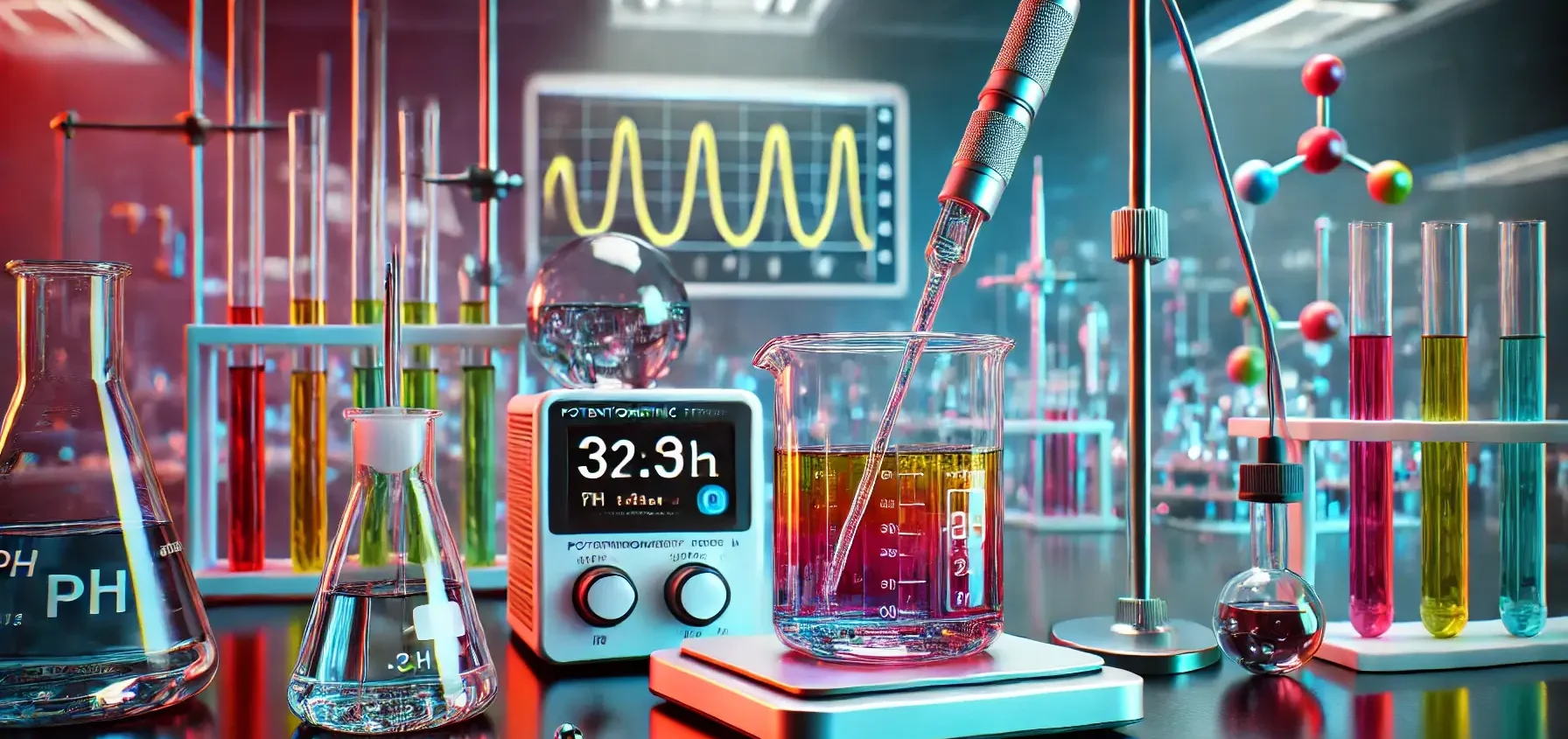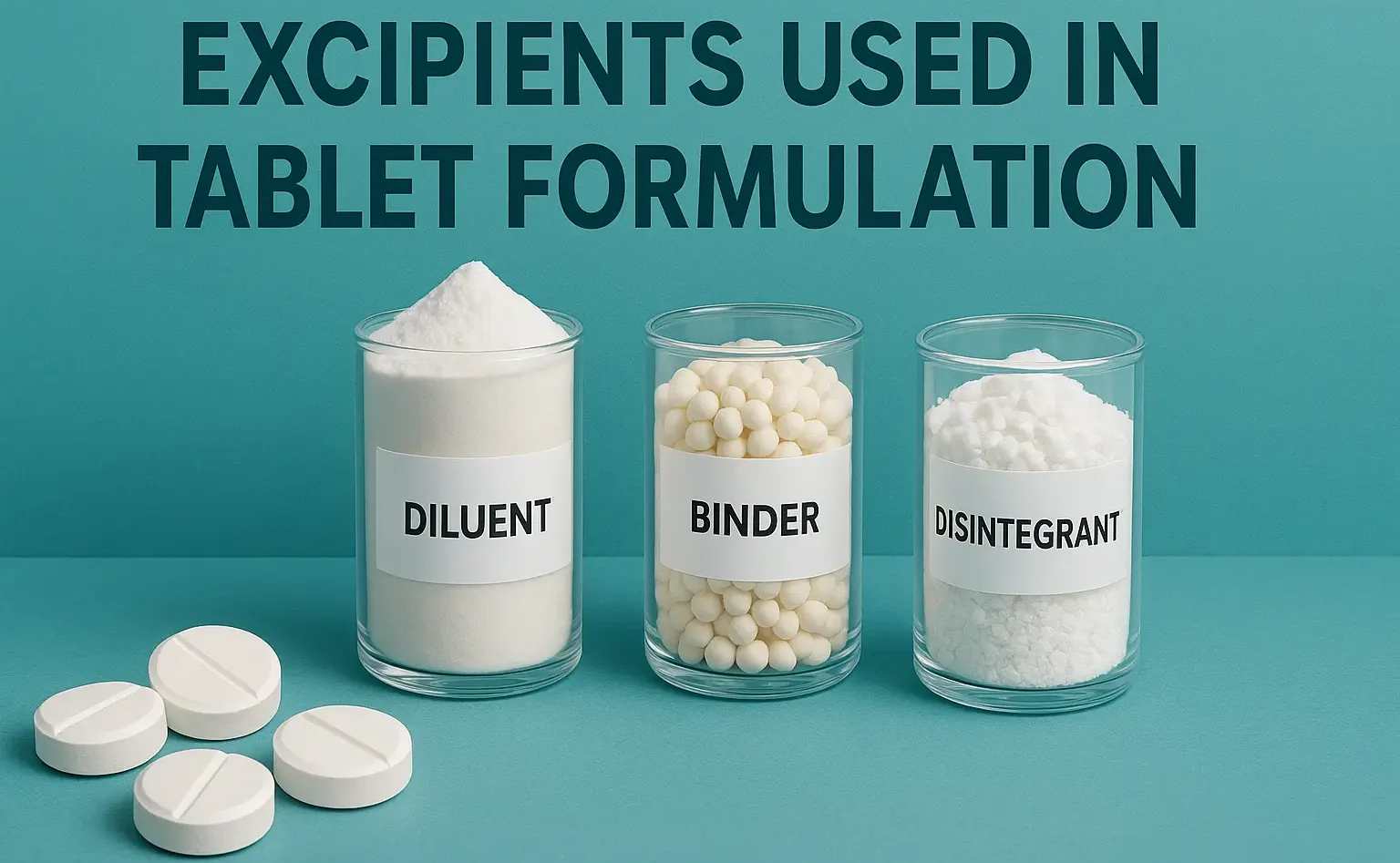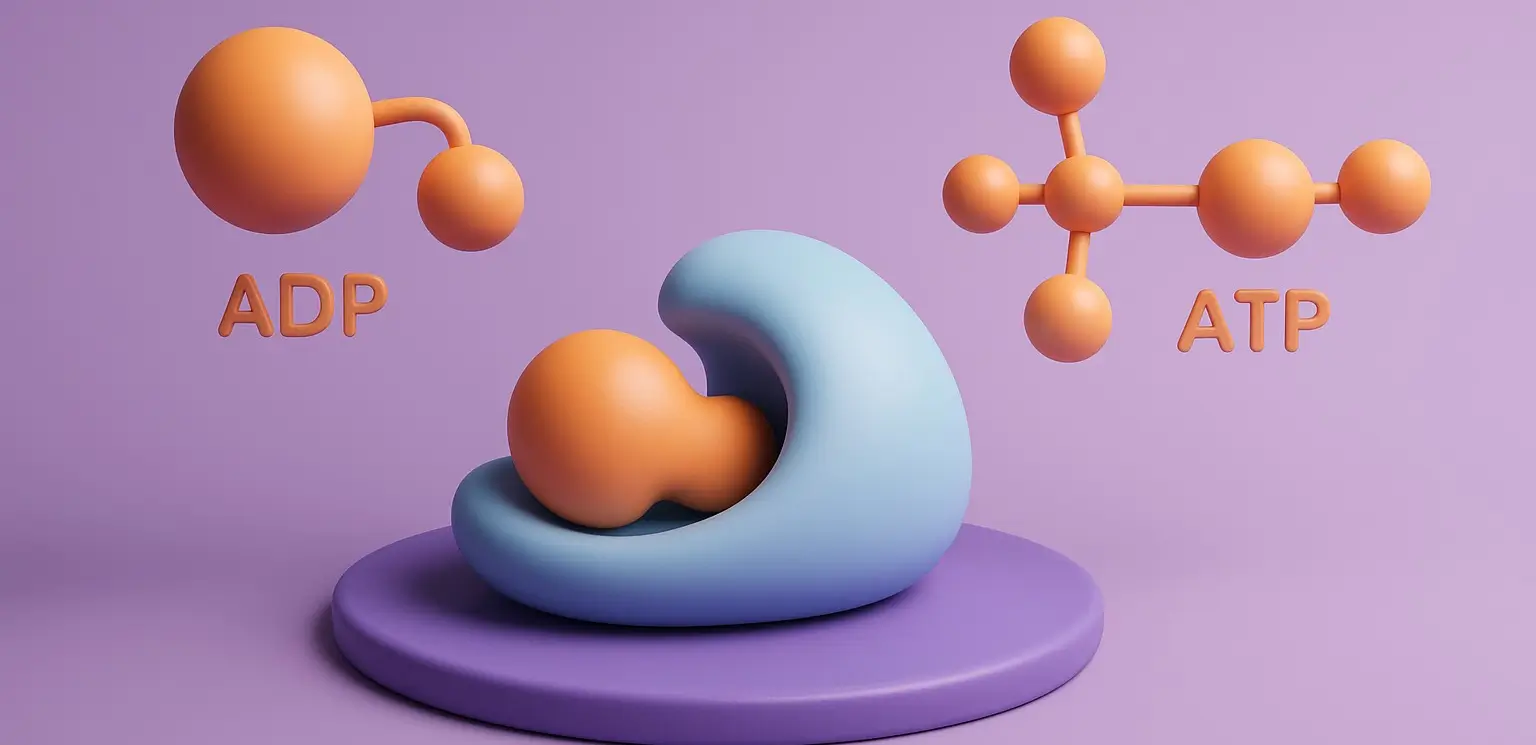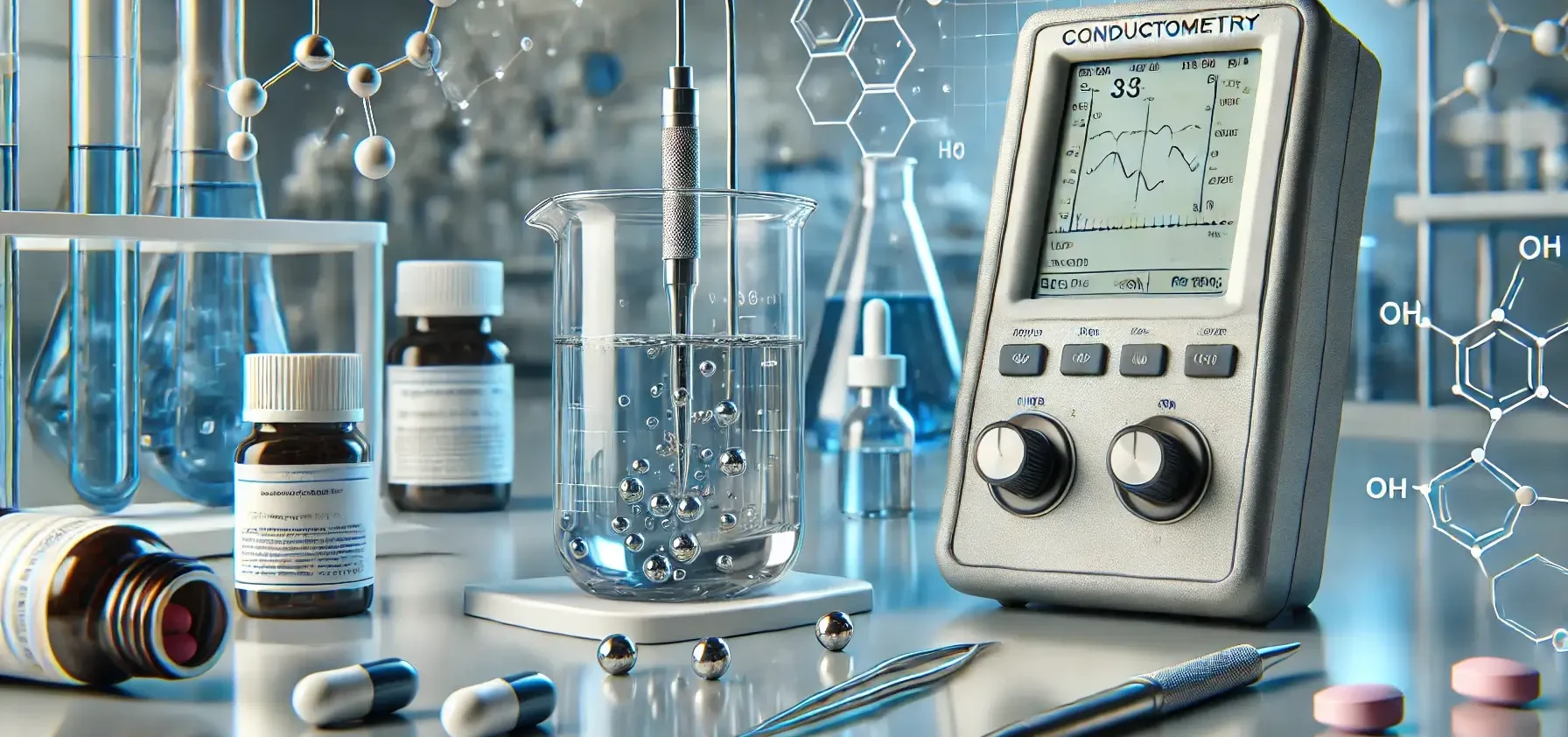Enzymes Introduction
Enzymes Introduction Enzymes Introduction: It is biological catalysts that speed up chemical reactions in living organisms. They are typically proteins, though some RNA molecules also exhibit catalytic properties. Enzymes are crucial for various biochemical processes, including digestion, metabolism, and DNA replication. Characteristics of Enzymes Specificity: Enzymes are highly specific, meaning they catalyze only one type … Read more

